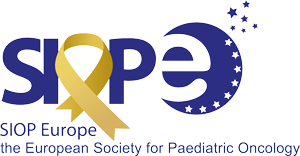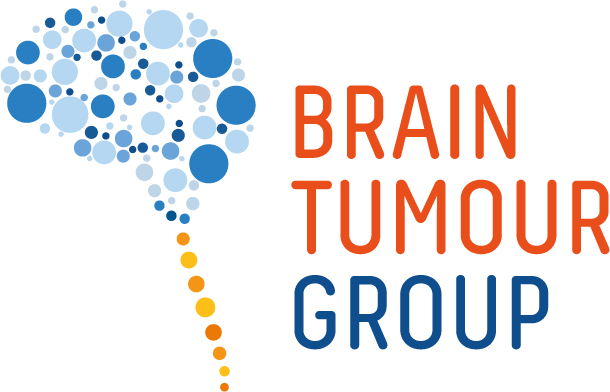A brief history of the SIOPE Brain Tumour Group
SIOP as a society was established in 1969 under the leadership of Odile Schweissguth with the intention of promoting clinical trials of novel therapies in a wide range of children’s cancers.
The first brain tumour to be focussed upon was medulloblastoma and the SIOP Brain Tumour Committee demonstrated its capacity to deliver clinical trials by running the first two medulloblastoma trials, SIOP 1 & 2, in the 1970s and 1980s. Jean Lemerle and Julian Bloom played important roles at this early stage. These were large, randomised trials involving 15 countries and over 40 centres. They recruited between them nearly 600 patients and established risk factors for progression, the interaction between chemotherapy and the surgical stage, and the importance of quality control of radiotherapy and its timing post-surgery. With these two trials successfully conducted, the Committee acted as a forum for the presentation of national studies, particularly from France, through the SFOP, and the leadership of Chantal Kalifa, and the HIT studies in Germany under the leadership of Joachim Kuehl. The UK contributed under the leadership of Cliff Bailey by launching SIOP PNET3, a predominantly UK and Scandinavian-based randomised trial which demonstrated a significant impact of chemotherapy and, as importantly, provided tumour samples and patient cohorts assisting with the development of biological stratification that is now in use and the development of methods for assessing Quality of Life as an added measure to survival
During the late 80s and early 90s, the discussions were about selecting optimal treatment approaches using increasingly intensive chemotherapy and reduced dosing of radiotherapy. There was significant transatlantic debate and discussion. The SIOP Brain Tumour Committee became the focus for these conversations with visits from our North American colleagues and reciprocal visits to the US. Integration of SIOP Brain Tumour committee with bi-annual meetings of the International Symposia in Paediatric Neuro-Oncology (ISPNO) has been a very important step in global collaboration.
In the early 90s, other tumours became the focus of discussion, particularly low grade glioma where the first consortium was established linking, initially 3 countries (UK, Italy and Germany) in the first LGG study and then moving to 15 countries and recruiting over 4000 patients in these first two trials. Plans are well advanced for a third trial to be launched in the next two years. Intra-cranial germ cell tumours were also the focus of multi-national approaches to their management, initially piloted in 3 countries, and most recently launched as a multi-national randomised trial, thereby contributing to global debate in this topic. A similar story unfolded in ependymoma where the group is about to launch its second major trial with a strong biological programme.
These consortia heralded the committee’s move to a sub-group structure extending the work to include, high grade and brainstem glioma, craniopharyngioma, atypical teratoid rhabdoid tumours (ATRT).
The application of new tumour biology to these trial cohorts has led to a series of bio-characterisation strategies for the new trials being launched, complementing careful pathological, imaging and surgical staging systems thereby providing frameworks for risk stratification for treatment selection and prognostication.
Perhaps the most important initiative over this 44 year period, has been the development of the capacity and the demonstration of the importance of measuring quality of life as an outcome measure for the survivors of these brain tumours. This initiative was led in SIOP by Colin Kennedy, a Paediatric Neurologist, working closely with neuro-psychology and endocrine colleagues across Europe. It was recognised in the recent EU Funded ENCCA programme as a significant development in this field. Finally, the interaction with the Innovative Therapies for Children with Cancer (ITCC) holds promise for the trialling of new biologically targeted drugs for brain tumours in children
The SIOP Brain Tumour Committee has achieved a lot in its 44 years, done without any formal European funding. Its initial development was a loose collaboration but with the formation of both tumour specific and discipline based working groups, it has become increasingly structured, whilst retaining the enthusiasm of participants to collaborate for clinical benefit of their patients by promoting their own professional development, and scientific expertise and awareness. It is the meeting point for those committed to brain tumour research and development, whether paediatric or radiation oncologist, neurosurgeon, pathologist or radiologist, psychologist or rehabilitation specialist, neuroscientist, molecular scientists or translational researcher.
The recent change in the European Clinical Trials Legislation, to be enacted in 2016, we hope will lead to a reduced bureaucratic burden for future trials, categorised as ‘low risk’ and further accelerate the development in clinical practice for children and young people with brain tumours by stimulating the introduction of new, and less burdensome treatments.
David Walker Rolf Kortmann

